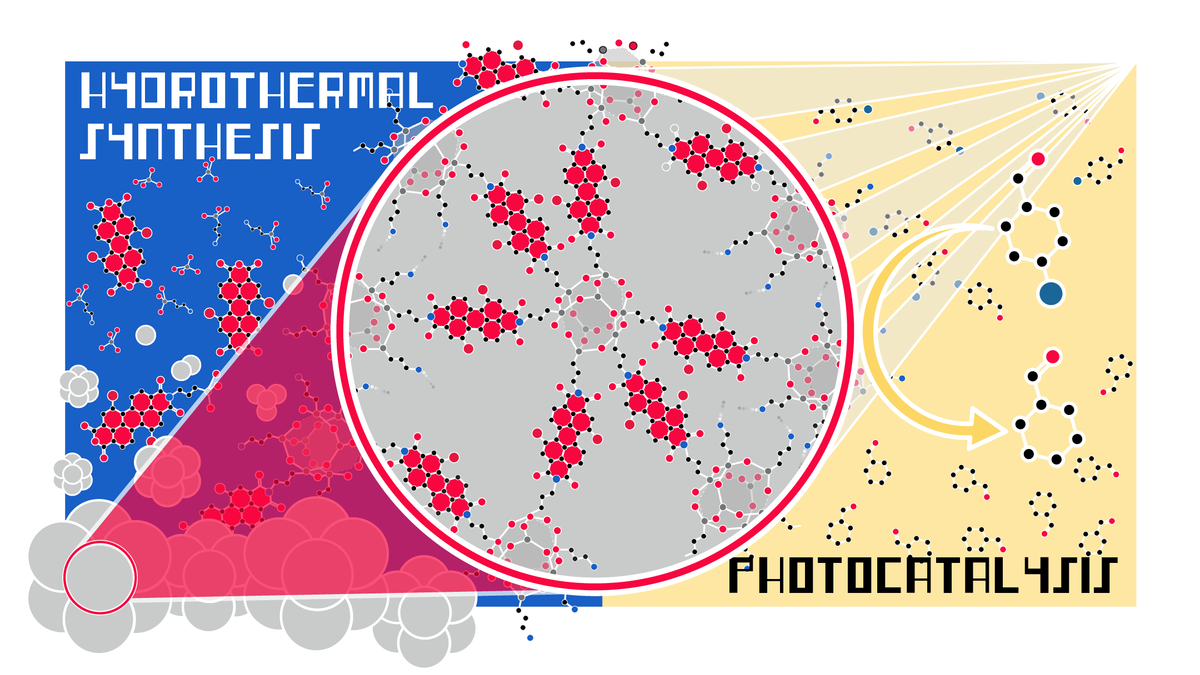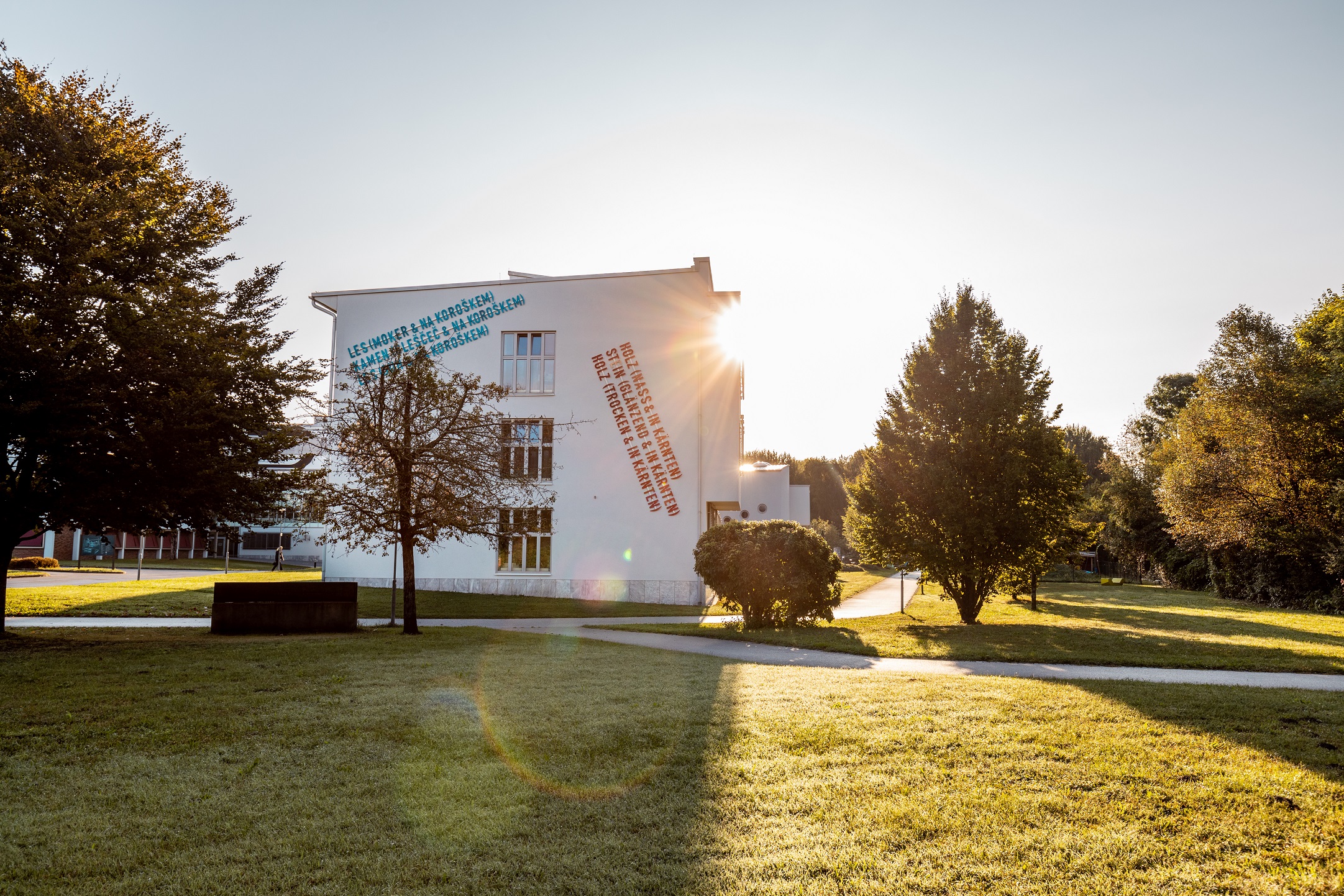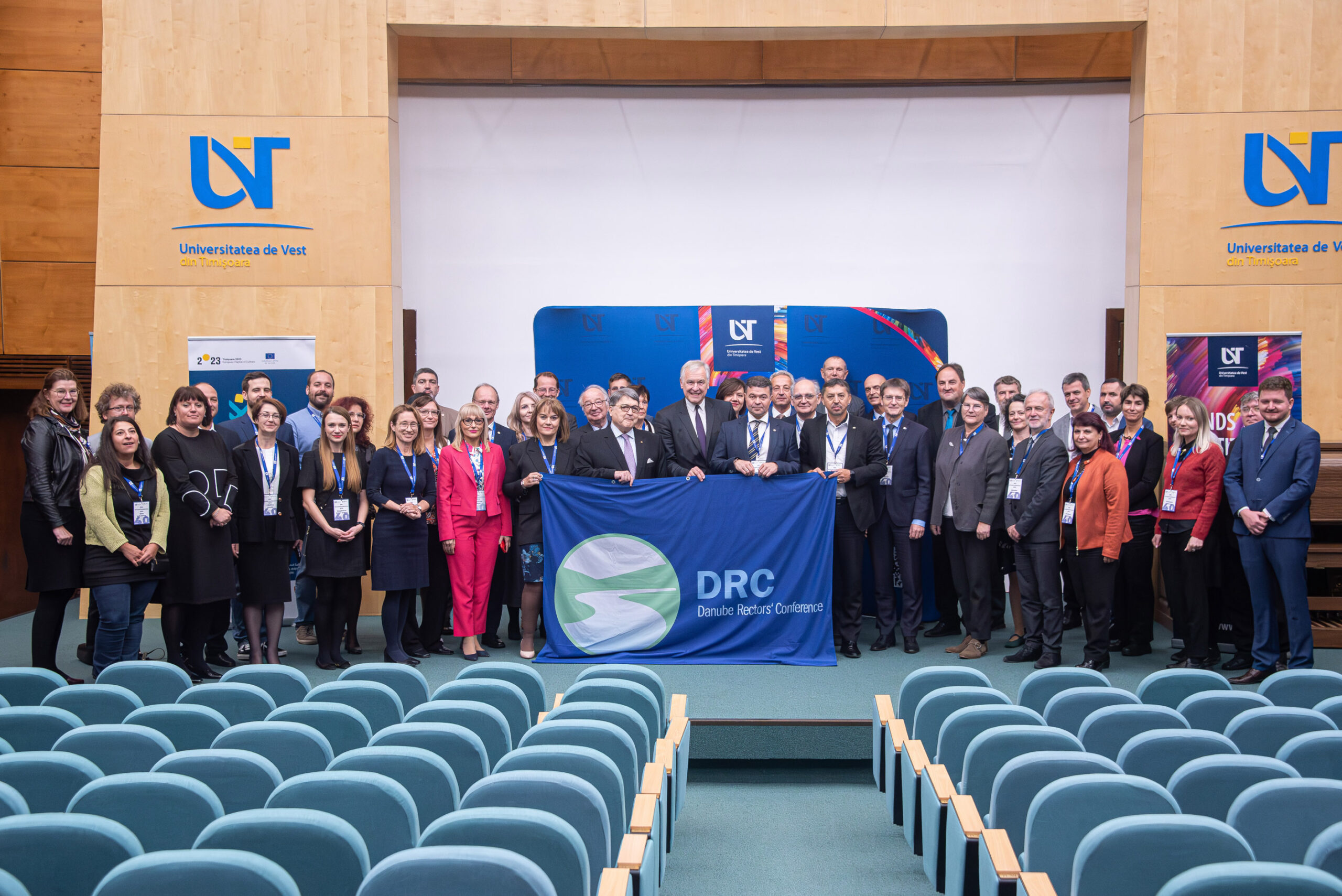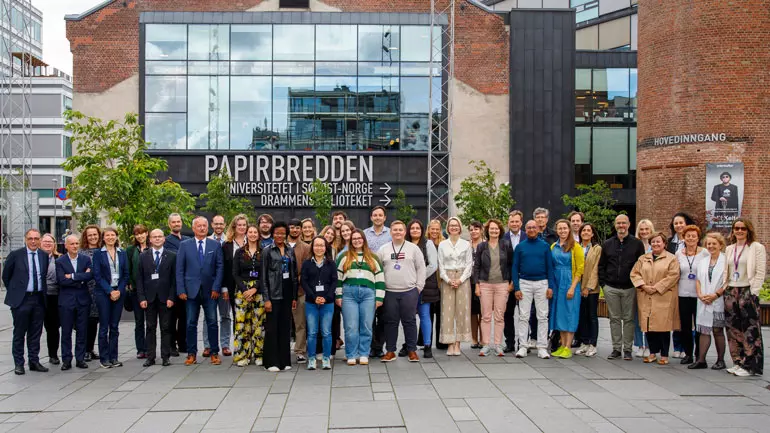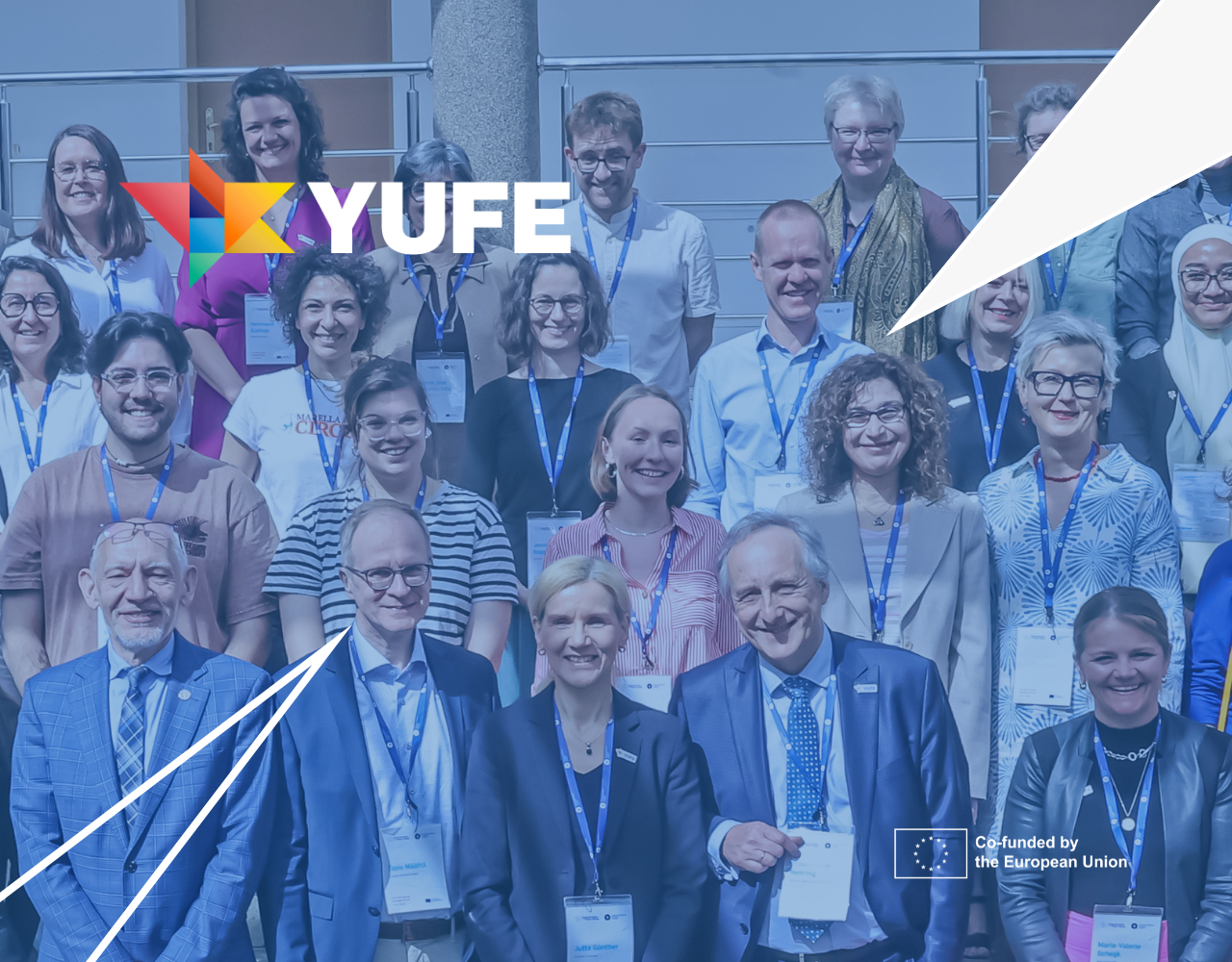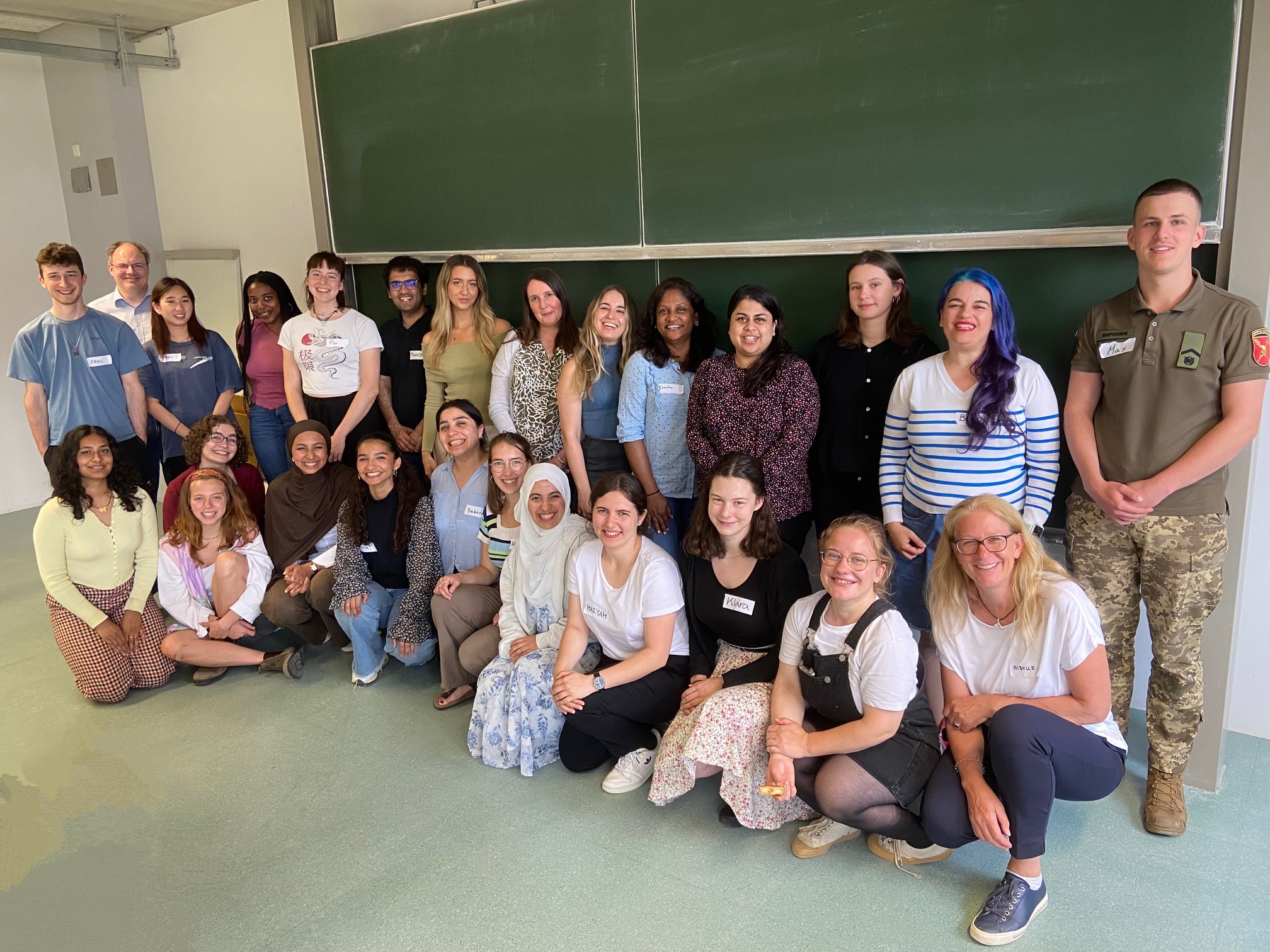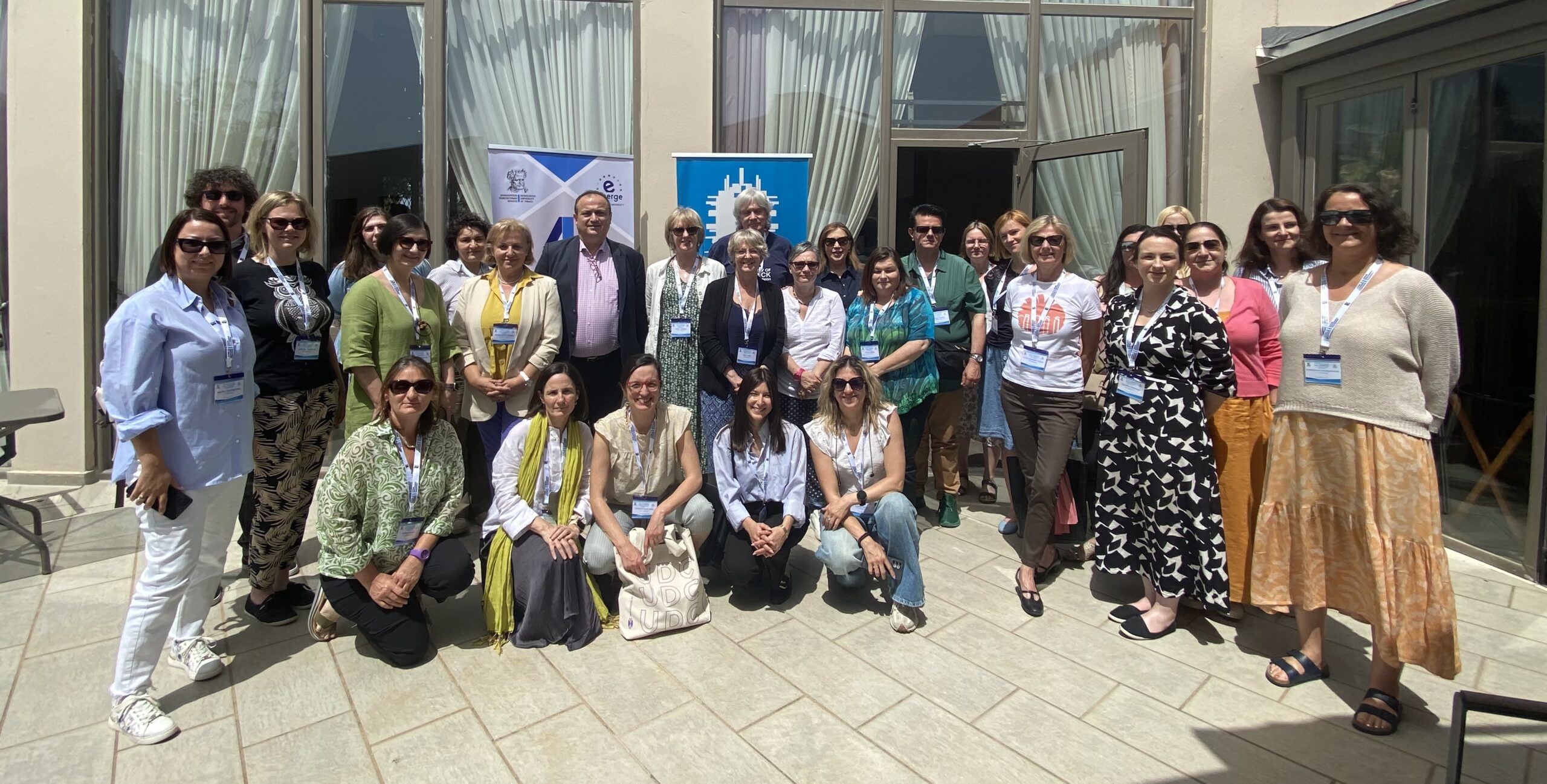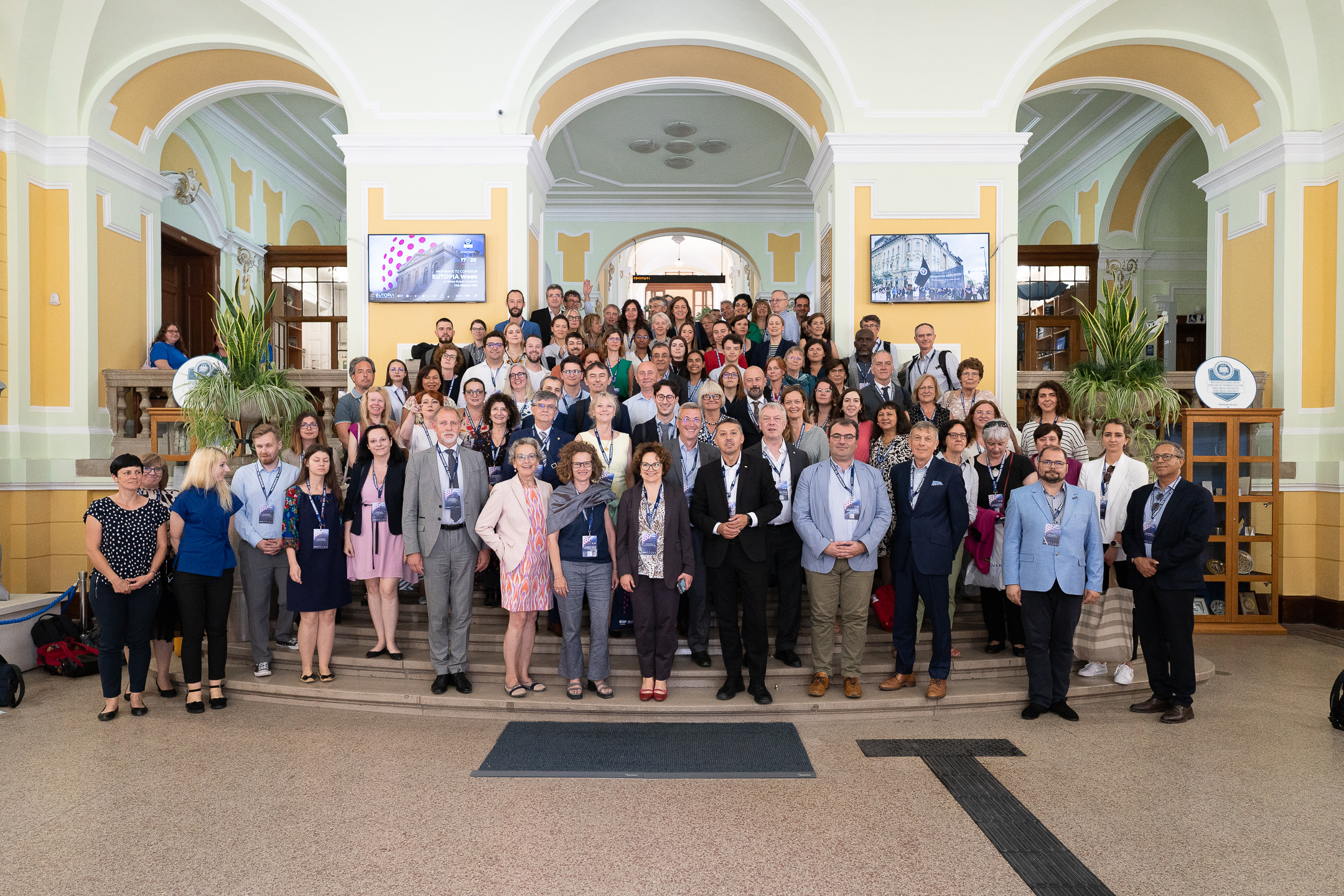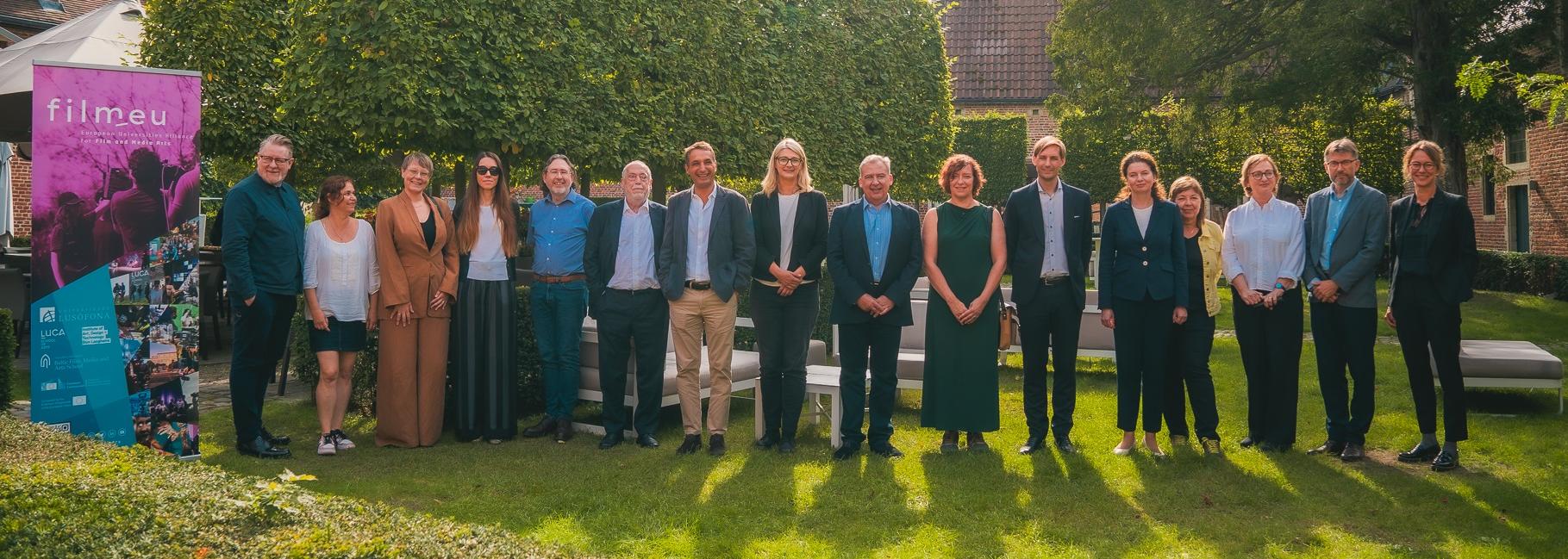A research team led by Miriam Unterlass, professor of solid state chemistry at the University of Konstanz, succeeded in producing hybrid materials of organic and inorganic substances in a single process – using nothing but hot water as a solvent.
Hybrid materials consist of at least two fundamentally different components that are connected at the molecular level. They are particularly interesting for materials science because they have the potential to combine the positive properties of completely different substances or to have properties that none of the individual components possesses. Miriam Unterlass and her team have now succeeded in producing such hybrid materials from a combination of organic and inorganic components – more precisely, from organic dyes and metal oxides. These hybrid materials unite the optical properties of dyes with the stability of metal oxides, with many possible applications in photovoltaics, as optical sensors or in the production of pharmaceuticals – to name but a few.
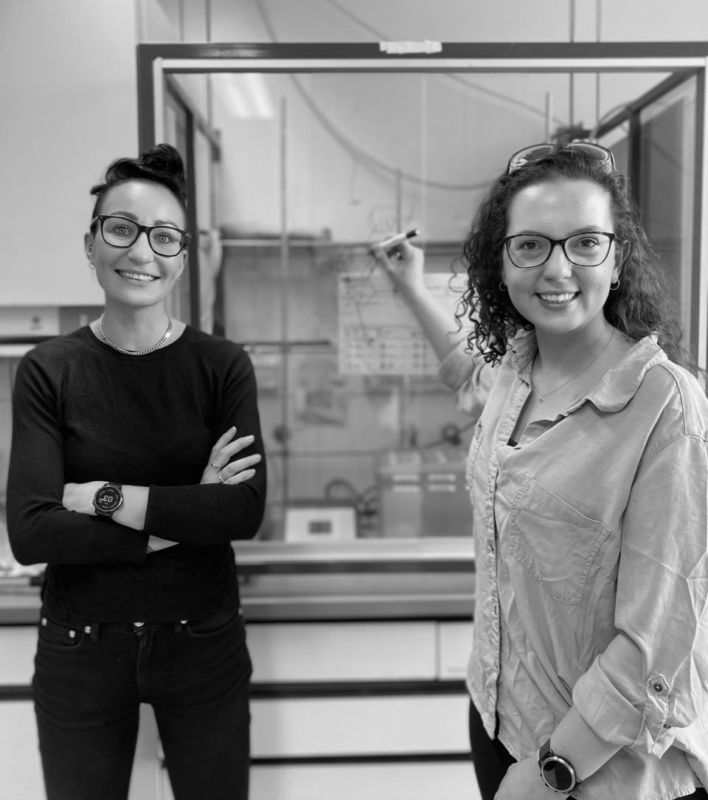
The real highlight, however, is how the hybrid materials were synthesized. Due to the different chemical natures of organic and inorganic substances, hybrid materials of the reported dye-metal oxide type could to date not be prepared and combined in a single synthesis. Moreover, the synthesis of the organic components usually involves highly toxic solvents. The new approach developed by Miriam Unterlass and her colleagues allows for all the steps for synthesizing the hybrid materials to be carried out in a single “one pot” process using hot water – instead of toxic solvents – as an environmentally friendly reaction medium.
“The only byproducts of the process are water and ethanol, which is why our approach is much more ‘green’ than previously reported syntheses of comparable hybrid materials,” Miriam Unterlass explains. In principle, the new method could be highly interesting for the synthesis of various other compounds of a broad range of chemical natures and structures.
Read the press release on the new method and the photocatalytic properties of the synthesized hybrid materials in the news section of the University of Konstanz. The original study was published in the Journal of Materials Chemistry A.
Contact: University of Konstanz, Communications and Marketing
Cover picture: Hybrid Materials © Miriam Unterlass
Portrait picture: Professor Miriam Unterlass (left) and Dr Hipassia Moura (right), postdoctoral researcher in Miriam Unterlass’ team and first author of the study. © D. Alonso Cerrón-Infantes

